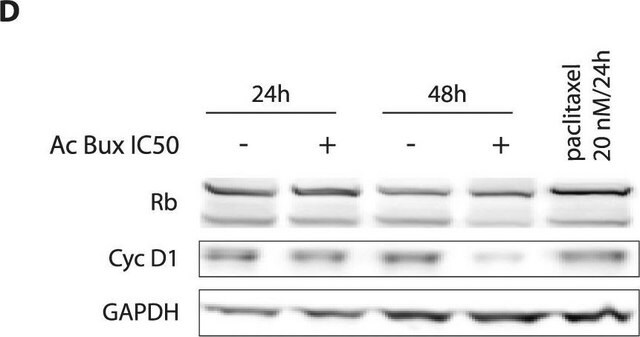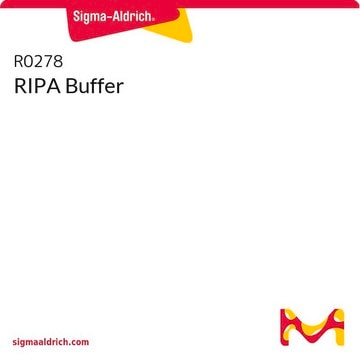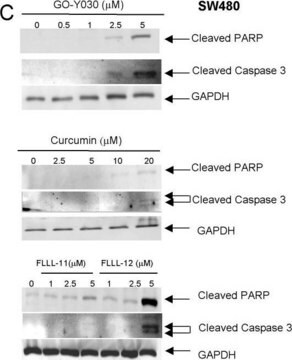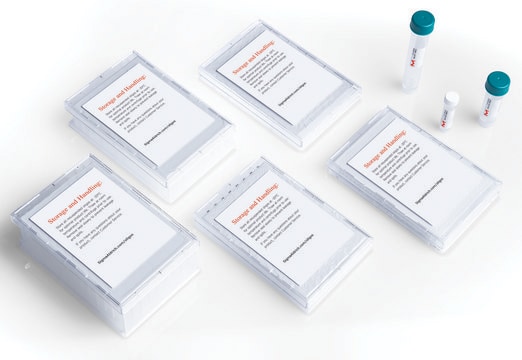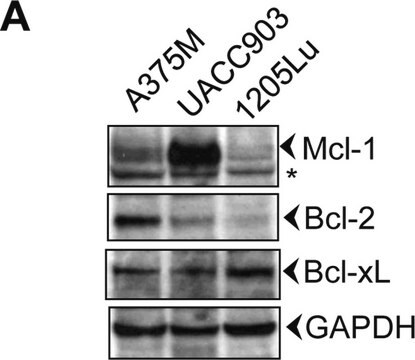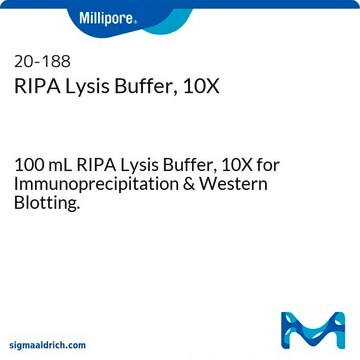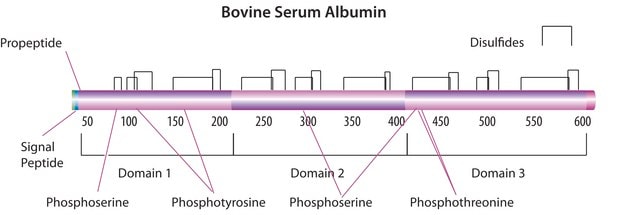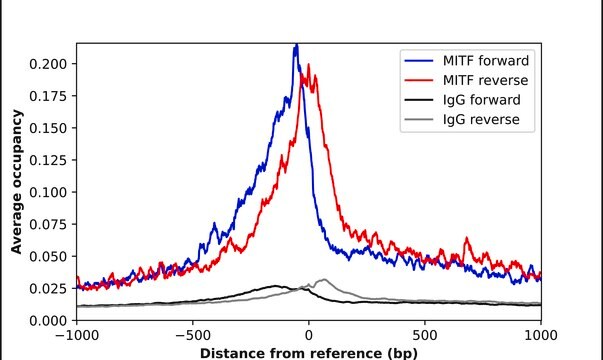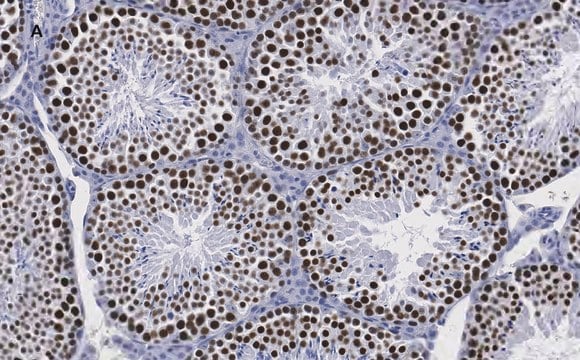일반 설명
We are committed to bringing you greener alternative products, which adhere to one or more of The 12 Principles of Green Chemistry.This antibody is Preservative-free, produced without the harm or sacrifice of animals and exceptionally stable to allow for ambient shipping and storage if needed and thus aligns with "Waste Prevention", "Designing Safer Chemicals" and "Design for Energy Efficiency".
Click here for more information.
ZooMAb antibodies represent an entirely new generation of recombinant monoclonal antibodies.
Each ZooMAb antibody is manufactured using our proprietary recombinant expression system, purified to homogeneity, and precisely dispensed to produce robust and highly reproducible lot-to-lot consistency. Only top-performing clones are released for use by researchers. Each antibody is validated for high specificity and affinity across multiple applications, including its most commonly used application. ZooMAb antibodies are reliably available and ready to ship when you need them.
Learn more about ZooMAb here.특이성
Clone 10B13 is a ZooMab rabbit recombinant monoclonal antibody that specifically detects human Glyceraldehyde-3-phosphate dehydrogenase and targets an epitope with in the C-terminal half.
면역원
GST/His-tagged recombinant fragment corresponding to 190 amino acids from the C-terminal half of human Glyceraldehyde-3-phosphate dehydrogenase (GAPDH).
애플리케이션
Anti-GAPDH, clone 10B13 ZooMAb, Cat. No. ZRB374, is a a recombinant Rabbit Monoclonal Antibody that specifically targets Glyceraldehyde-3-phosphate dehydrogenase and ha been tested for use in Immunofluorescence, Immunohistochemistry (Paraffin), and Wetern Blotting.
Western Blotting Analysis: A 1:1,000 dilution from a representative lot detected GAPDH in HEK293 cell lysate.
Immunofluorescence Analysis: A 1:100 dilution from a representative lot detected GAPDH in human testis tissue sections.
Immunohistochemistry (Paraffin) Analysis: A 1:100 dilution from a representative lot detected GAPDH in human testis tissue sections.
표적 설명
Glyceraldehyde-3-phosphate dehydrogenase (UniProt: P04406; also known as EC: 1.2.1.12, GAPDH, Peptidyl-cysteine S-nitrosylase GAPDH) is encoded by the GAPDH (also known as GAPD, CDABP0047, OK/SW-cl.1) gene (Gene ID: 2597) in human. GAPDH is considered as a ′house-keeping′ enzyme that catalyzes the synthesis of 1,3-biphosphoglycerate. It is a homotetrameric enzyme with both glyceraldehyde-3-phosphate dehydrogenase and nitrosylase activities. Hence, it plays a role in both glycolysis and nuclear functions. It translocates to the nucleus following S-nitrosylation on cysteine 152 that leads to its interaction with SIAH1, which contains a nuclear localization signal. In the nucleus it participates in transcription, RNA transport, DNA replication and apoptosis. Sulfhydration at cysteine 152 is reported to increase its catalytic activity. Its nuclear functions are attributed to its nitrosylase activity, which mediates cysteine S-nitrosylation of nuclear target proteins such as SIRT1, HDAC2, and DNA-PK. Oxidative stress is reported to promote the formation of high molecular weight disulfide-linked GAPDH aggregates, through a process known as nucleocytoplasmic coagulation. These aggregates are observed in vivo in the affected tissues of patients with Alzheimer disease or alcoholic liver cirrhosis, or in cell cultures during necrosis. Oxidation at methionine 46 plays an essential role in the formation of these insoluble structures. This ZooMAb recombinant monoclonal antibody, generated by our propriety technology, offers significantly enhanced specificity, affinity, reproducibility, and stability over conventional monoclonals.
물리적 형태
Purified recombinant rabbit monoclonal antibody IgG, lyophilized in PBS with 5% Trehalose, normal appearance a coarse or translucent resin. Contains no biocide or preservatives, such as azide, or any animal by-products. Larger pack sizes provided as multiples of 25 μL.
재구성
Reconstitute lyophilized antibody pellet with 25μL of ultrapure water or Phosphate Buffered Saline (PBS). Please refer to our
reconstitution protocol and the specific application guidance on the suggested starting dilutions and sample type.
저장 및 안정성
Recommend storage of lyophilized product at 2-8°C; Before reconstitution, micro-centrifuge vials briefly to spin down material to bottom of the vial; Reconstitute each vial by adding 25 μL of filtered lab grade water or PBS; Reconstituted antibodies can be stored at 2-8°C, or -20°C for long term storage. Avoid repeated freeze-thaws.
법적 정보
ZooMAb is a registered trademark of Merck KGaA, Darmstadt, Germany
면책조항
Unless otherwise stated in our catalog or other company documentation accompanying the product(s), our products are intended for research use only and are not to be used for any other purpose, which includes but is not limited to, unauthorized commercial uses, in vitro diagnostic uses, ex vivo or in vivo therapeutic uses or any type of consumption or application to humans or animals.

